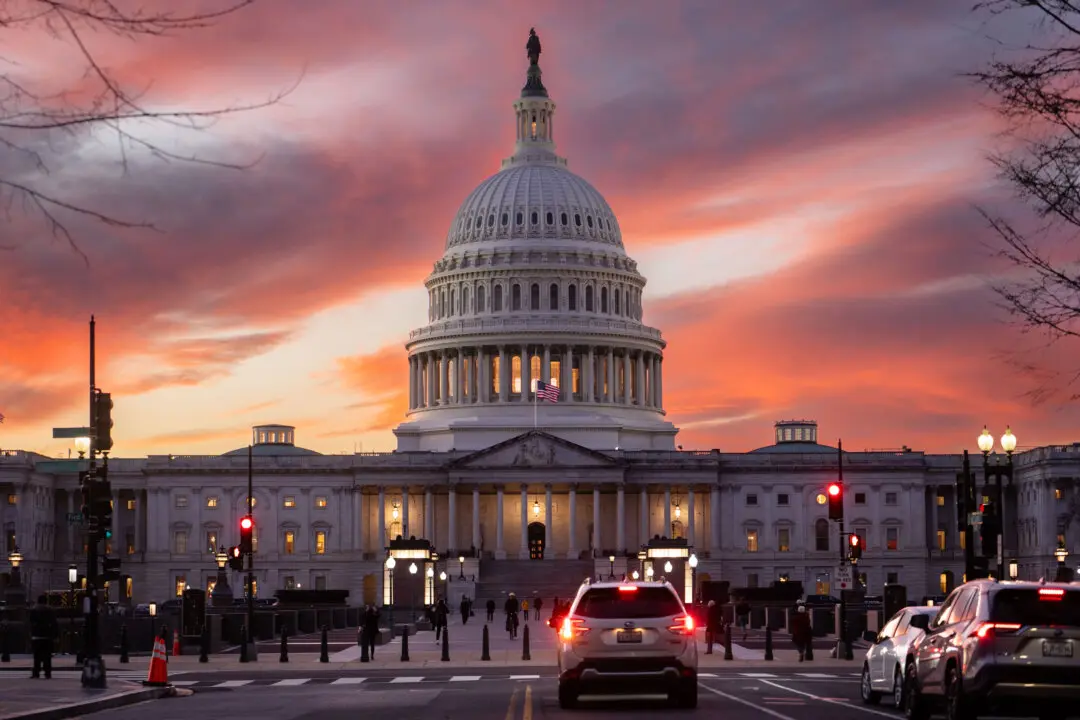It was 1:03 a.m. on Dec. 5 that experimental physicist Alex Zylstra first spotted it: for the first time, a target yielded more energy from a fusion reaction than a laser put into it—though that’s not counting the much greater input energy that was needed to power the laser in the first place.
“One of the first things I did was call one of the diagnostic experts to double-check the data,” he said during a Dec. 13 press conference with his colleagues from Lawrence Livermore National Laboratory.





